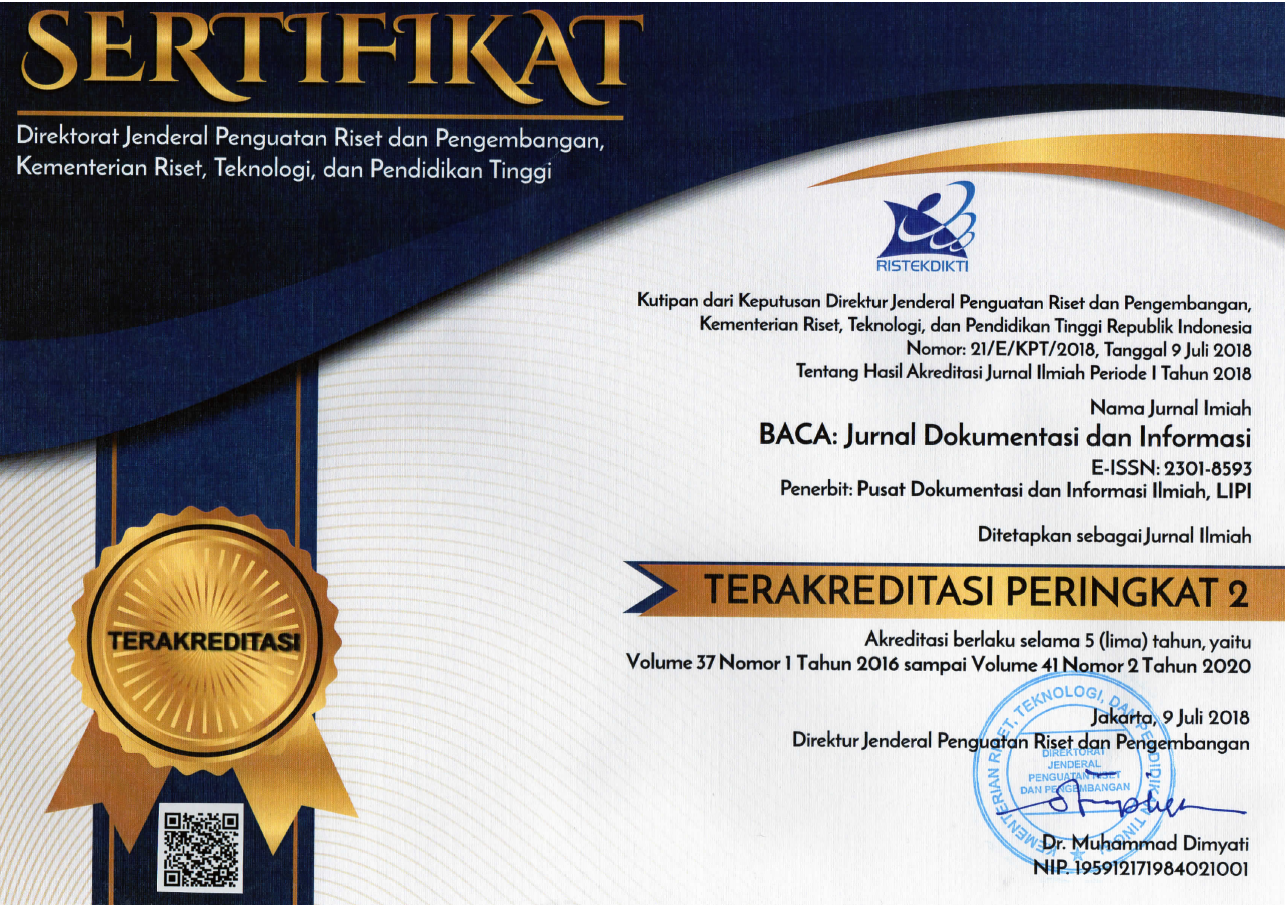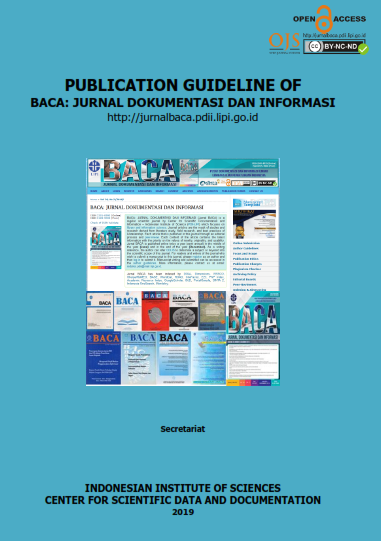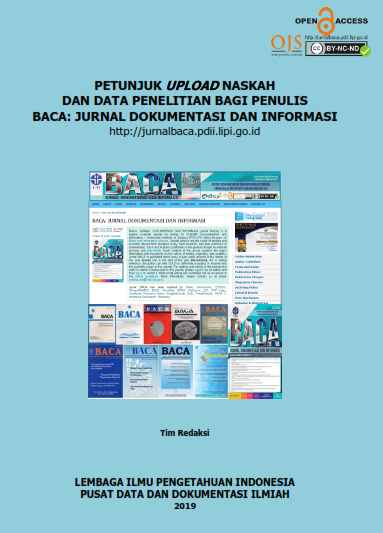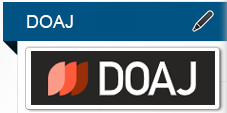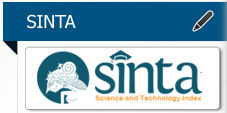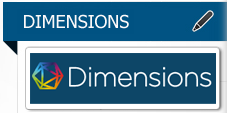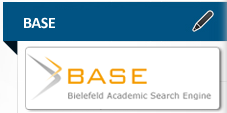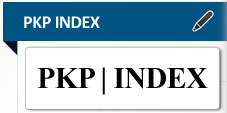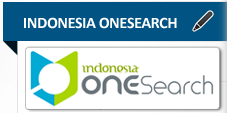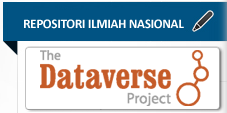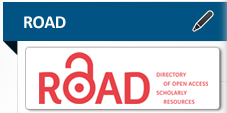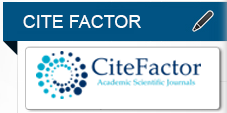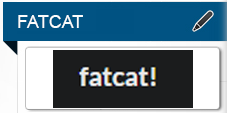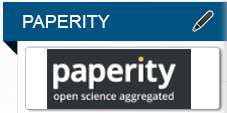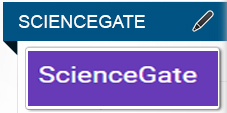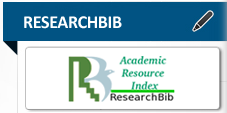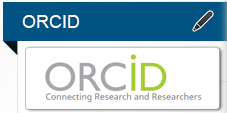ANALISIS TREN DAN PERKEMBANGAN TESIS BIDANG TEKNOLOGI PENDIDIKAN UNIVERSITAS SEBELAS MARET MENGGUNAKAN TEKNIK SCIENCE MAPPING
Abstract
This research purpose is to track scientific trend and development of master thesis in the UNS Educational Technology study program. The novelty of this research is the combination of science mapping and and linear regression approach to analysis centrality in determining scientific trend from 2012 until 2017. In this research, science mapping combines co-word analysis represented by the master thesis keywords and social network analysis through degree, betweenness, closeness and PageRank centrality. General outlook, the development of relations between clusters and keywords and centrality from year to year will be analyzed using Gephi software. To get representative maps, the map be organized using the Fruchterman-Reingold and Circular layout algorithms. To determine the trend of research focus, all four centralities will be analyzed using Tableau software. The study found that within six years, the focus of research was dominated by topics related to the evaluation of learning methods that emphasized cognitive aspects, had a contextual approach, cooperative and utilized interactive multimedia technology. It was also found that there was a shift in research from conventional learning media to information technology-based since 2015 and the emergence of new scientific topics since 2017. The future scientific trend is the development of interactive, contextual, cooperative learning strategies and utilizing information technology-based learning media.
Keywords
Full Text:
PDFReferences
Association for Educational Communications and Technology. 2013. Educational Technology: A Definition with Commentary. Januszewski, A., & Molenda, M. (Eds.) New York: Routledge.
Bastian, M., Heymann, S., & Jacomy, M. 2009. Gephi: An Open Source Software for Exploring and Manipulating Networks. Third International AAAI Conference on Weblogs and Social Media.
Blondel, V. D., Guillaume, J. L., Lambiotte, R., & Lefebvre, E. 2008. Fast Unfolding of Communities in Large Networks. Journal of Statistical Mechanics: Theory and Experiment, (10), 2-12.
Brin, S., & Page, L. 1998. The Anatomy of a Large-Scale Hypertextual Web Search Engine. Computer Networks and ISDN systems, 30 (1-7), 107-117.
Budiman, Lukman. 2012. Analisis Bibliometrika Berdasarkan Pendekatan Co-Words: Pemetaan Laporan Hasil Penelitian Pusat Penelitian Biologi-LIPI. Tesis. Bogor: Institut Pertanian Bogor.
Chen, Chaomei, Cribbin, T., Macredie, R., & Morar, S. 2002. Visualizing and Tracking The Growth of Competing Paradigms: Two Case Studies. Journal of the Association for Information Science and Technology, 53 (8), 678-689.
Chen, Chaomei. 2013. Mapping Scientific Frontiers: The Quest for Knowledge Visualization. London: Springer Science & Business Media.
Dawson, S., Gašević, D., Siemens, G., & Joksimovic, S. 2014. Current State and Future Trends: A Citation Network Analysis of The Learning Analytics Field. Proceedings of The Fourth International Conference on Learning Analytics and Knowledge (231-240).
De Nooy, W., Mrvar, A., & Batagelj, V. 2011. Exploratory Social Network Analysis with Pajek. New York: Cambridge University Press.
Ely, D. P. 1983. The Definition of Educational Technology: An Emerging Stability. Educational Considerations, 10 (2), 1-3.
He, Q. 1999. Knowledge Discovery Through Co-Word Analysis. Library Trends, 48(1), 133-159.
Hu, J., & Zhang, Y. 2018. Measuring The Interdisciplinarity of Big Data Research: A Longitudinal Study. Online Information Review, 42 (5), 681-696.
Jaewoo, C., & Woonsun, K. 2014. Themes and Trends in Korean Educational Technology Research: A Social Network Analysis of Keywords. Procedia-Social and Behavioral Sciences, 131, 171-176.
Januszewski, A., & Persichitte, K.A. 2013. A History of The AECT’s Definitions of Educational Technology. Educational Technology: A Definition With Commentary. Januszewski, A., & Molenda, M. (Eds.). New York: Routledge.
Kusumawijaya, Diana. 2017. Analisis Jaringan untuk Pemetan Bidang Ilmu dalam Pengembangan Ilmu Multidisiplin di Universitas Gadjah Mada. Tesis. Yogyakarta: Universitas Gadjah Mada.
Law, J., & Whittaker, J. 1992. Mapping Acidification Research: A Test of The Co-Word Method. Scientometrics, 23 (3), 417-461.
Leydesdorff, L., & Rafols, I. 2012. Interactive Overlays: A New Method for Generating Global Journal Maps from Web-of-Science Data. Journal of Informetrics, 6 (2), 318-332.
Luan, C., & Porter, A. L. 2017. Insight into the Disciplinary Structure of Nanoscience & Nanotechnology. Journal of Data and Information Science, 2 (1), 70-88.
Miarso, Y. 2004. Menyemai Benih Teknologi Pendidikan. Jakarta: Prenada Media.
Miarso, Y. 2008. Peningkatan Kualifikasi Guru dalam Perspektif Teknologi Pendidikan. Jurnal Pendidikan Penabur, 7 (10), 66-76.
Murray, D. G. 2013. Tableau Your Data! Fast and Easy Visual Analysis with Tableau Software. Indianapolis: John Wiley & Sons.
Nadhiroh, Irene M. 2015. Jaringan Co-Authorship dan Potensi Kolaborasi Penelitian Indonesia dengan Analisis Jaringan Sosial. Tesis. Bogor: Institut Pertanian Bogor.
Nadhiroh, Irene M., Aidi, Muhammad Nur, & Bagus Sartono. 2015. Kajian Scientometrics: Analisis Jaringan Sosial pada Publikasi Internasional Indonesia Bidang Kimia. Warta KIML, 13 (1), 68-79.
Nagarajan, R., & Aruna, P. 2014. Document Clustering Using Co-Word Analysis and Formation of Keyword Against Document Matrix. Journal of Theoretical & Applied Information Technology, 65 (3), 831-838.
Nurlistiani. 2014. Peta Penelitian Ilmu Perpustakaan dan Informasi di Indonesia (Analisis Bibliometrika Tesis Mahasiswa Ilmu Perpustakaan dan Informasi pada 4 Perguruan Tinggi di Indonesia Periode tahun 2006 – 2013. Tesis. Yogyakarta: Universitas Gadjah Mada.
Oktavilia, Chatarina Eka. 2016. Pemetaan Bidang Ilmu pada Fakultas Kedokteran Universitas Gadjah Mada tahun 2008-2012. Tesis. Yogyakarta: Universitas Gadjah Mada.
Otte, E., & Rousseau, R. 2002. Social Network Analysis: A Powerful Strategy, Also for The Information Sciences. Journal of information Science, 28 (6), 441-453.
Page, L., Brin, S., Motwani, R., & Winograd, T. 1999. The Pagerank Citation Ranking: Bringing Order to The Web. Stanford InfoLab. Di http://ilpubs.stanford.edu:8090/422/ (akses 17 Juli 2018).
Scott, J. 2000. Social Network Analysis. London: Sage.
Shibata, N., Kajikawa, Y., Takeda, Y., Sakata, I., & Matsushima, K. 2011. Detecting Emerging Research Fronts in Regenerative Medicine by The Citation Network Analysis of Scientific Publications. Technological Forecasting and Social Change, 78 (2), 274-282.
Silva, M.C. & Teixeira, A.A.C. 2012. Methods of Assessing the Evolution of Science: A Review. European Journal of Scientific Research, 68 (4), 616-635.
Small, H. 1999. Visualizing Science by Citation Mapping. Journal of the Association for Information Science and Technology, 50 (9), 799-813.
Sugiarti, Indri. 2017. Analisis Kebutuhan Dosen Homebase: Pemetaan Bidang Ilmu dengan Metode Bibliometrik dan Analisis SWOT di Program Studi Magister Manajemen Pendidikan Tinggi Sekolah Pascasarjana Lintas Disiplin Universitas Gadjah Mada. Tesis. Yogyakarta: Universitas Gadjah Mada.
Sulistyo-Basuki. 2002. Kumpulan Makalah Kursus Bibliometrika. Jakarta: Universitas Indonesia.
Sulistyo-Basuki. 2016. Seminar Internasional Science Mapping, 20-21 April. Yogyakarta: Universitas Gadjah Mada.
Van Eck, N.J. & Waltman, L. 2014. Visualizing Bibliometric Networks. Measuring Scholarly Impact. Ding Y., Rousseau R., Wolfram D. (Ed.). https://doi.org/10.1007/978-3-319-10377-8_13.
Van Raan, A. F. 2017. Patent Citations Analysis and Its Value in Research Evaluation: A Review and A New Approach to Map Technology-Relevant Research. Journal of Data and Information Science, 2 (1), 13-50.
Wasserman, S., & Faust, K. 1994. Social Network Analysis: Methods and Applications, Vol. 8. Cambridge: Cambridge University Press.
Yuliana, Irma. 2016. Analisis Jejaring Sosial untuk Deteksi Komunitas Daring (Studi Kasus: Greenpeace Indonesia). Tesis. Yogyakarta: Universitas Gadjah Mada.
Zhang, Y., Zhang, G., Zhu, D., & Lu, J. 2017. Scientific Evolutionary Pathways: Identifying and Visualizing Relationships for Scientific Topics. Journal of the Association for Information Science and Technology, 68 (8), 1925-1939.
Zhao, D. & Strotmann, A. 2015. Analysis and Visualization of Citation Networks. Morgan & Claypool.
DOI: https://doi.org/10.14203/j.baca.v40i1.444
Copyright (c) 2019 BACA: JURNAL DOKUMENTASI DAN INFORMASI

This work is licensed under a Creative Commons Attribution-NonCommercial-NoDerivatives 4.0 International License.



